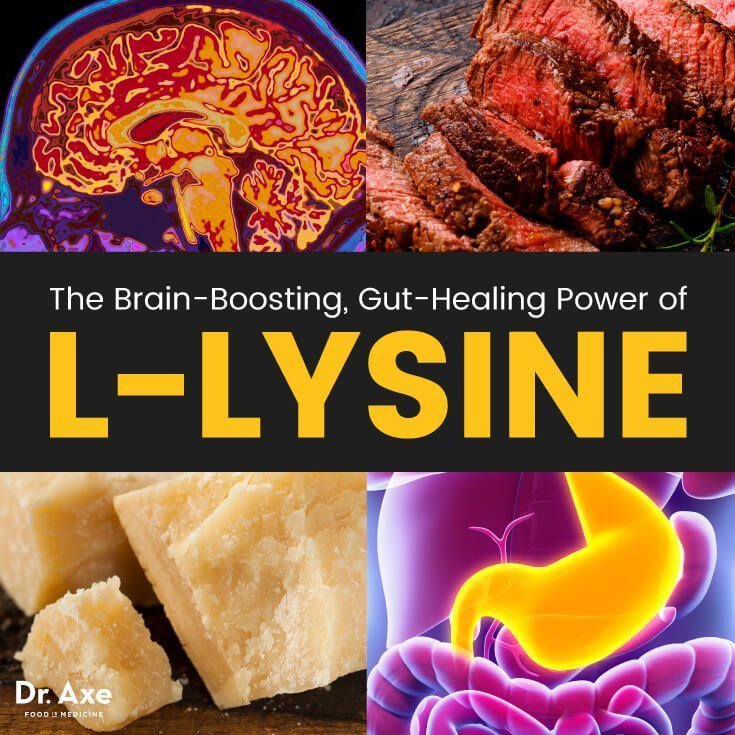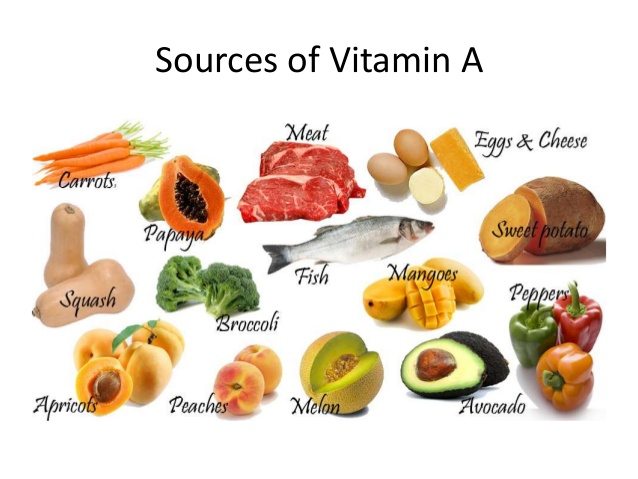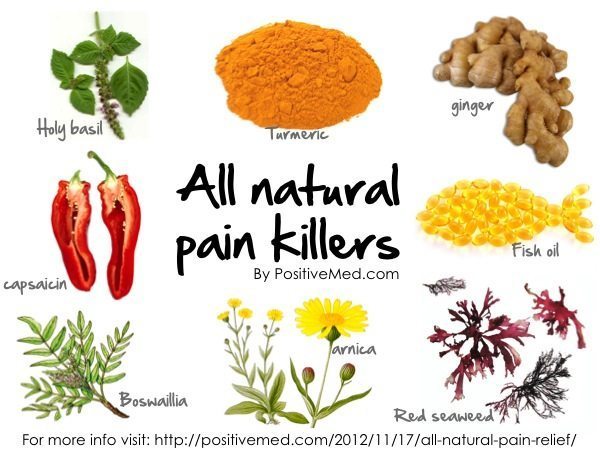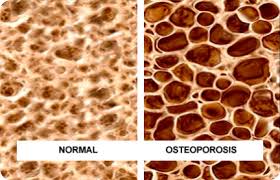Category: Articles
“She has the sparkles back in her eyes!”
[expand title="She has the sparkles back in her eyes!"] Hi Dr. McManus - Just wanted to share some continued good news with T. She is back conditioning 5 days and week and training with a coach. No dizzy spells and she is just having normal soreness with good recovery time. We made it through her…
Read More
Ghostly Gluten – You May Think You Know, But We Bet You Don’t
By Mila McManus, MD and Nancy Mehlert, MS Gluten can seem like a ghost. We may not be familiar with all the sources, but most of us have heard the word by now. You can’t see it like you can see a bottle of Coca Cola or a candy bar. It hides in other consumables.…
Read More
3 Quick Kitchen Tips
1. If you run a stainless steel skewer through the middle of a sweet potato before putting it in the oven, it will cook faster. The metal absorbs the heat and helps to cook the potato from the inside out. Doing this reduces baking time by up to 50%! 2. One way to…
Read More
L-Lysine
L-Lysine is an essential amino acid which means that your body does not produce it but does require it for proper protein synthesis, enzyme production, collagen formation and tissue repair. That means we have to eat it and/or supplement with it. Excellent dietary sources of L-Lysine are found in animal meats, pumpkin seeds, eggs and…
Read More
Skinflammation
By Mila McManus MD and Nancy Mehlert, MS The skin is the body’s largest organ. It helps to regulate temperature and serves as the first line of defense against infection. It is an organ with the capacity to both absorb and eliminate substances. The skin is also an outward manifestation and communication of what is…
Read More
Vitamin A
Vitamin A, also known as retinol, is a powerful antioxidant the body uses to help form and maintain good vision and eye health, a strong immune system as well as soft tissues, mucus membranes, and skin. It is not found in plant food; however, the body can use beta-carotene found in many fruits, vegetables and…
Read More
The “Need to Know” about Coffee and Tea
By Nancy Mehlert, MS Edited by Mila McManus MD Over the last decade, there have been many meta-analyses and other studies supporting the benefits of, and possible links between, coffee and tea reducing risk for chronic diseases. As recent as 2015, even the Dietary Guidelines for Americans added coffee and tea as a recommended beverage…
Read More
Dietary Adjustments for Pain Relief
By Nancy Mehlert MS Edited by Mila McManus MD It’s very common that headaches, joint and muscle pain can be caused from the foods we are eating. Therefore, it is well worth the effort to practice some food elimination tests to find out if you are reacting to foods. Usually the pain response is reflective…
Read More
Sticks and Stones May Break Your Bones and So Will This
By Mila McManus MD and Nancy Mehlert MS We tend to not think about our bone health until we break one. , but maybe we should. The Journal of Bone and Mineral Research reported a study which revealed that 10.2 million adults have osteoporosis and another 43.4 million have low bone mass (osteopenia). That’s more…
Read More
Take Charge of Your Health
We believe in empowering you to be an active participant in your health journey. With our guidance, simple lifestyle adjustments can yield profound results. Let us be the bridge to a healthier, happier you.
SCHEDULE AN APPOINTMENT